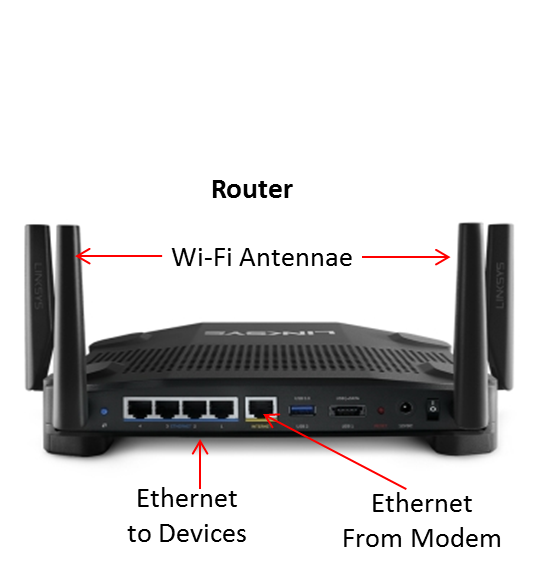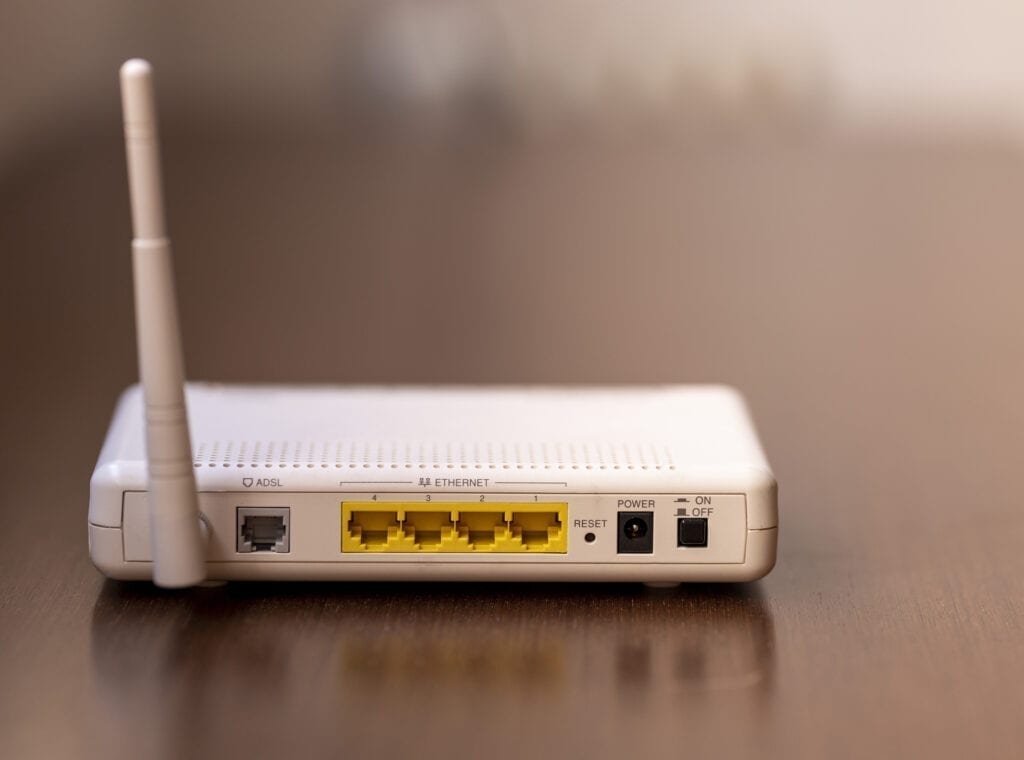

When you connect to a router, you’re getting access to a local network-but that doesn’t provide you access to the Internet. It means your modem is receiving and responding to signals from your ISP. Your ISP and other agents are constantly scanning your ports to verify your IP address. It’s because of all the activity happening out there on the web. If you ever notice your modem blinking wildly, it’s not necessarily because there’s a lot of traffic on your internal office network. Remember that your modem is mostly “outward facing.” It communicates with your ISP, and out across the vast cyber-expanse of the Internet beyond your office LAN. We’re going to see a lot more fiber optic wire getting installed in coming years. They convert signals to travel across fiber optic wire, which is much faster. Today, DSL and cable modems are able to use dedicated data lines. In the 1990s, dial-up modems had to actually “call” the Internet before connecting through the phone line. Data that travels over phone or cable lines is analog, but your computer only understands digital.

It’s a machine that converts digital signals to analog and back again. Modem: Mo (modulator) + dem (de-modulator). Your modem solves that problem-it’s the go-between. Those wires coming out of the wall socket would have to connect directly into some sort of port directly on your computer, and your computer would need to have the corresponding hardware. Your Internet Service Provider (ISP) can’t communicate directly to your computer.
#WIFI ROUTER VS MODEM MAC#
The router assigns these IP addresses to each computer that requests to connect to it based on the device’s physical MAC address. It uses each device’s unique IP address to keep a record of which computer made a request to the Internet and when. However, when sending information back to computers inside the LAN, your router knows exactly what device to send specific data to. So if you’re connecting to the web from your office, the site you’re visiting will see that someone from your company is accessing, but they won’t be able to see that it’s you specifically. When relaying signals to the modem and the Internet beyond, your router makes your individual computer’s IP address invisible. The router also keeps internal traffic-computer to computer, computer to printer, etc.-from leaving the LAN.

These enable the router to forward packets of data destined for the Internet to the modem, and to the data’s destination IP address outside your office. If there’s only one computer in your office, your router has a total of two IP addresses: one public and one private. It has a public IP address, a private “management” IP address, and then additional private IP addresses for each device in addition to the router’s internal IP, which is your LAN default gateway. Your router itself has multiple IP addresses. But instead of terminals, it’s using IP addresses. It performs “traffic directing” on your network, sort of like a traffic director on an airplane runway directs planes to the appropriate terminals. How it WorksĪ router forwards data packets between computer networks. Without a modem, however, neither of us can get online. For example, I can send a file to my co-worker’s computer through the LAN. You don’t actually need a router to connect to the Internet, but you do need one if there’s more than one device on your network, or if you’re using Wi-Fi.Ĭonversely, if you have only a router and no modem, the devices on your LAN can still communicate. The router allows multiple computers to connect to the same modem, which provides access to the Internet beyond. If you’re not sure which box is your modem and which one is your router, routers usually have antennae for Wi-Fi. It’s the bridge between your computer and your modem. What Does a Router Do?Ī router has both a LAN port and a WAN port. Together, you have the basic setup to connect your small office or family home to the Internet. Through your modem, your LAN connects with the wide area network (WAN), which extends over a large geographical distance, such as Manhattan or any metropolitan area. Your modem faces outwards-it’s what connects your LAN to the outside world, the Internet. It creates a local area network (LAN), which is what you would call your internal network of computers in your office or home. Your router faces inwards-it connects multiple computers in one network together. They sit next to each other, they look pretty identical, and they both help you connect to the internet.ĭespite having so much in common, they are actually opposites. The router and the modem are two of the easiest devices to get confused.


 0 kommentar(er)
0 kommentar(er)
